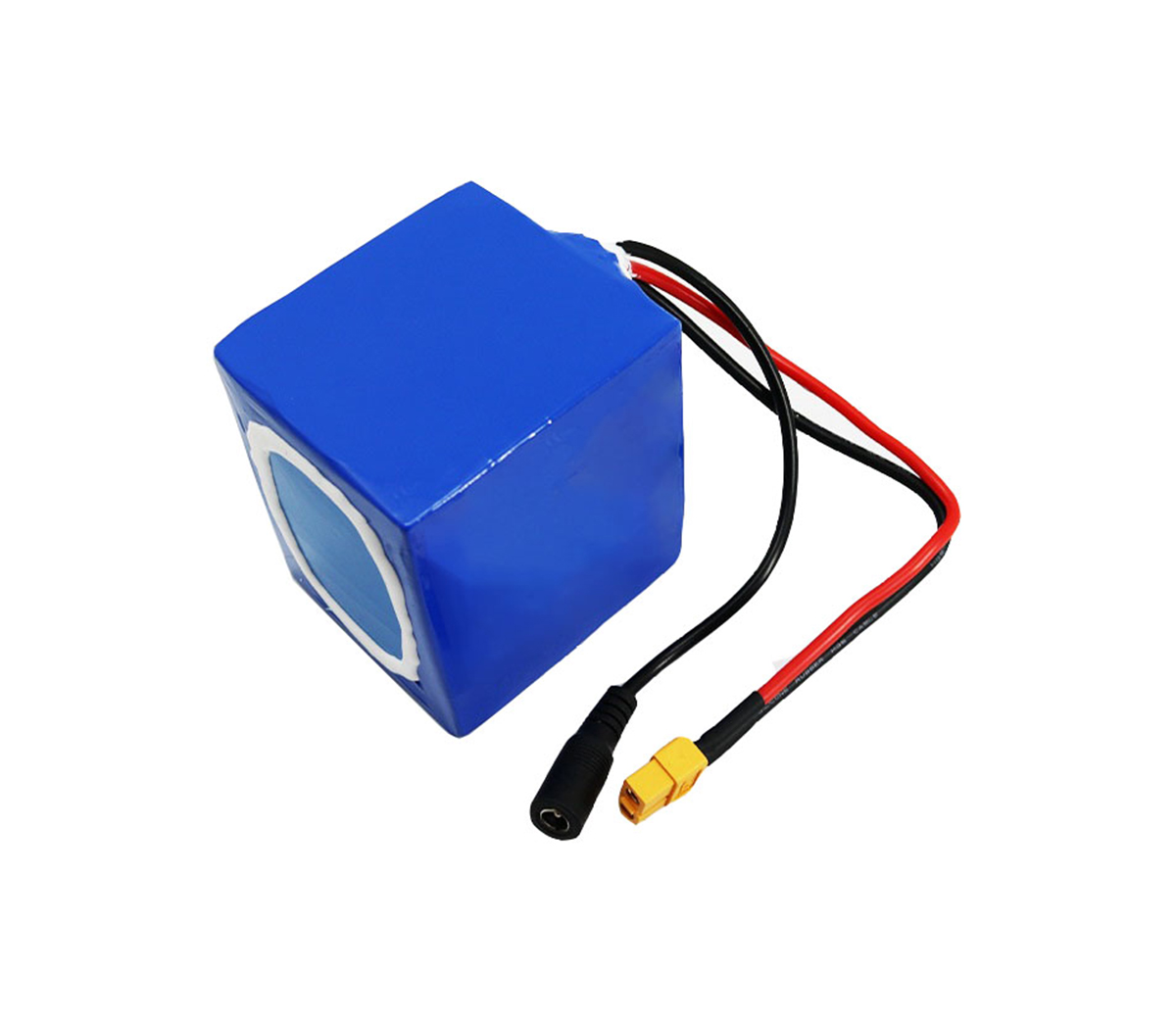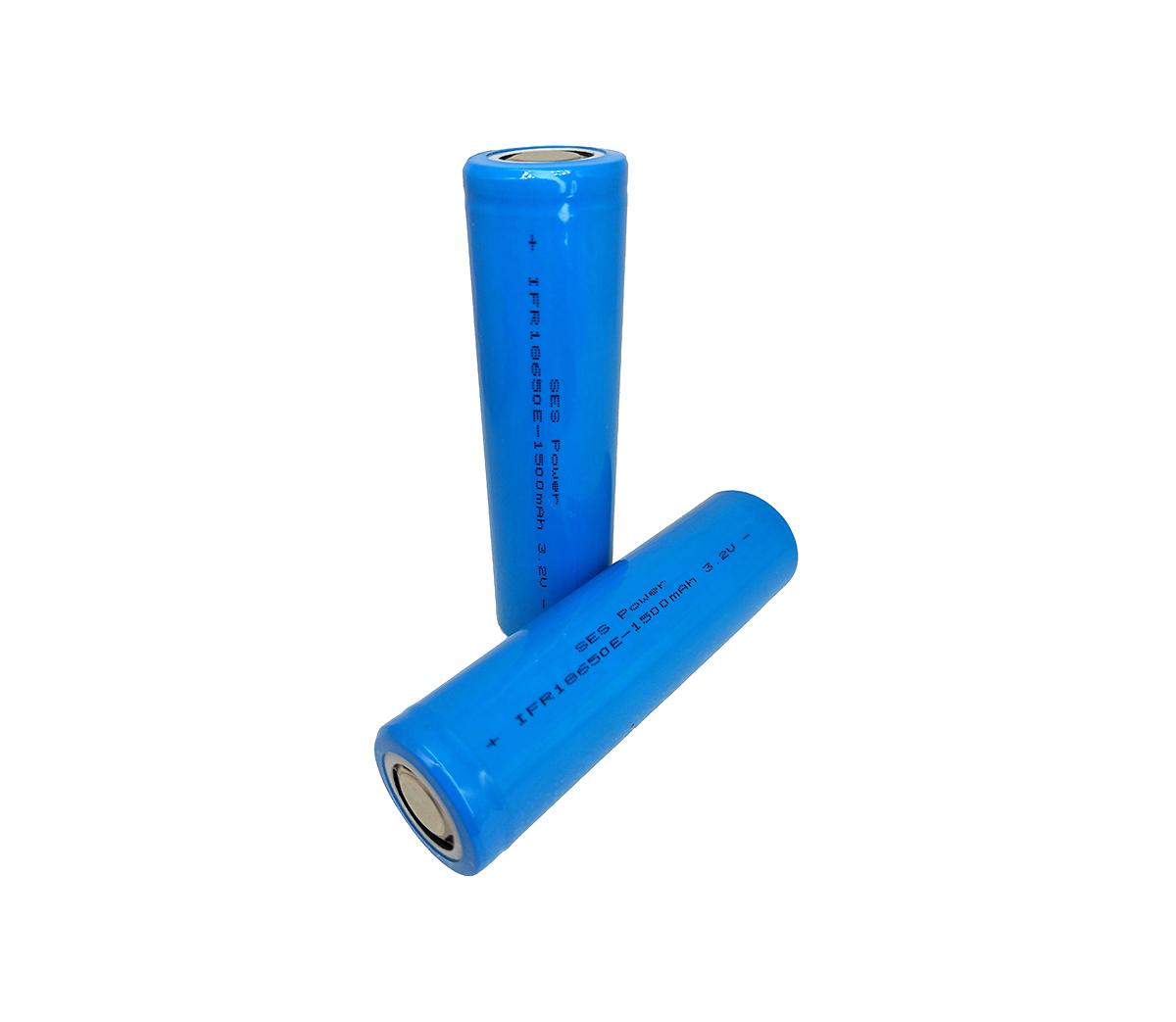Lithium battery packs are usually composed of cells, modules, battery
management systems, and Pack systems (including functional components, wiring
harnesses, structural parts, etc.). SES Power has rich experience in the lithium
battery industry. Generally speaking, the failure modes of lithium battery
systems can be simply divided into three different levels of failure modes,
namely cell failure mode, battery management system BMS failure mode, and Pack
system integration failure mode.

A: Cell failure mode
The failure modes of cells can be further divided into safety failure modes
and non-safety failure modes.
The safety failures of battery cells mainly include the following
points:
1. Internal short circuit of the cell
There are many reasons for the internal short circuit of the cell, the most
common is due to defects in the production process of the cell or the
deformation of the cell due to long-term external force.
Once a serious internal short circuit occurs in the cell, it will be
difficult to prevent and control, and smoking or burning will easily occur.
The solution to this problem is generally to carry out the most stringent
tests before the cells officially enter the pack stage, and try to ensure that
the cells that may have an internal short circuit are screened out, followed by
the BMS adding the temperature monitoring function and designing the pack.
Consider extreme stress situations, etc.
2. Battery cell leakage
This is very dangerous and a common failure mode. Many lithium battery fire
accidents are caused by battery leakage.
Reasons for battery leakage: external force damage, collision, irregular
installation, poor sealing performance, etc.
The liquid leaked from the battery is corrosive and conductive, which can
easily lead to the failure of the insulation of the entire battery pack, and
eventually form an internal short circuit of the lithium battery pack, causing
fire, combustion and other accidents. From the perspective of practical
application, soft-packed cells are more likely to leak liquid than metal shell
monomers, resulting in insulation failure.
3. Lithium precipitation in the negative electrode of the battery
Improper use of the battery, overcharging, low-temperature charging, and
high-current charging will lead to lithium precipitation in the negative
electrode of the battery. After the negative electrode lithium precipitation
occurs, the lithium metal cannot be reduced, which leads to the irreversible
decay of the battery capacity. Lithium precipitation reaches a certain degree of
severity, lithium dendrites are formed, and an internal short circuit occurs
when the separator is pierced.
It is very easy to charge with high current at low temperature, which is
also a technical difficulty in the lithium battery industry. After years of
research and development by SES Power, we have developed a lithium iron
phosphate battery that can still be discharged at a rate of -40°C and charged at
a normal current value. Release nearly 90% of capacity.
4. The battery is inflated and inflated
There are many reasons for flatulence, mainly because the side reaction
inside the battery produces gas, the most typical one is the side reaction with
water. Once the battery is flattened, there will be leakage and so on. Moisture
must be strictly controlled during cell production.
The non-safety failure of the cell only affects the performance, mainly in
the following points:
1. Poor capacity consistency
The inconsistency of lithium batteries usually means that the residual
capacity difference and voltage difference of the batteries in a group of
batteries are too large, which eventually leads to a serious decline in the
performance of the battery pack.
There are many reasons for the poor consistency between batteries,
including the manufacturing process of the battery, the storage time of the
battery, the temperature difference during the charging and discharging of the
battery pack, and the magnitude of the charging and discharging current.
The current solution is mainly to improve the control level of the battery
manufacturing process, to ensure the consistency of the battery as much as
possible, and to use the same batch of batteries for assembly. This method has a
certain effect, but it cannot be cured. The problem of poor consistency of the
battery pack will still occur after a period of use. After the battery pack has
an inconsistency problem, if it cannot be dealt with in time, the problem will
become more serious and even dangerous.
2. Excessive self-discharge
The irreversible reaction caused by the micro-short circuit caused by
impurities during battery manufacturing is the main reason for the excessive
self-discharge of individual batteries.
During the long-term charge-discharge and shelving process of the battery,
if the environmental conditions are not suitable, this will lead to the
passivation of the chemical substances inside the lithium battery, the final
capacity will be greatly reduced, the self-discharge will be too large, and the
internal resistance will increase.
3. Reduced discharge capacity at low temperature
Although SES Power can manufacture lithium batteries that work normally at
-40°C, it does not mean that all lithium batteries can have such
performance.
As the temperature decreases, the electrolyte does not participate enough
in the reaction, and the conductivity of the electrolyte decreases, resulting in
an increase in the battery resistance, a decrease in the voltage platform, and a
decrease in the capacity.
4. Battery capacity decay
The battery capacity attenuation mainly comes from the loss of active
lithium ions and the loss of electrode active materials.
The regularity of the layered structure of the positive electrode active
material decreases, the passive film is deposited on the negative electrode
active material, the degree of graphitization decreases, and the porosity of the
separator decreases, resulting in an increase in the charge transfer resistance
of the battery. The ability to deintercalate lithium decreases, resulting in a
loss of capacity.
Battery capacity decay is an inevitable problem for batteries. However, at
present, battery manufacturers should first solve the previous safety failure
problem and battery consistency problem, and then consider extending the cycle
life of the battery on this basis.
B. BMS failure mode
The single failure of the battery is not only related to the battery
itself, but also to the failure of the battery management system BMS. BMS
failure modes fall into the following categories:
1. BMS voltage detection failure
Poor connection or contact causes the voltage detection line to fail, the
BMS has no voltage information, and there is no protection during charging.
In this condition, the lithium battery will be overcharged, which can
easily cause fire and explosion. Lithium iron phosphate overcharged to more than
5V is mostly just smoke, but once the ternary battery is overcharged, it will
explode.
Moreover, overcharging can easily cause the electrolyte in the lithium-ion
battery to decompose and release gas, which will cause the battery to swell, and
even cause smoke and fire in severe cases; over-discharge of the battery will
damage the molecular structure of the positive electrode material of the
battery, resulting in failure to charge; At the same time, the battery voltage
is too low, resulting in the decomposition of the electrolyte and the
precipitation of lithium.
2. BMS current detection failure
The Hall sensor fails, the BMS cannot collect current, the SOC cannot be
calculated, and the deviation is large.
Failure of current detection may result in excessive charging current. The
charging current is large, the heat inside the cell is large, and the
temperature exceeds a certain temperature, which will weaken the curing capacity
of the diaphragm and seriously affect the battery life.
3. BMS temperature detection failure
The failure of temperature detection leads to the high working temperature
of the battery, and the irreversible reaction of the battery occurs, which has a
great impact on the battery capacity and internal resistance.
The cycle times of the battery at 45 degrees is half of that at 25 degrees.
In addition, if the temperature is too high, the battery is prone to bulge,
leakage, explosion and other problems. Therefore, during the use of the battery,
the temperature of the battery should be strictly controlled between 20-45
degrees Celsius. between.
4. Insulation monitoring failure
Deformation or leakage of the lithium battery system can easily lead to
insulation failure of the system. If the BMS does not detect it, electric shock
may occur. Therefore, the BMS system should have the highest requirements for
monitoring sensors, and avoiding the failure of the monitoring system can
greatly improve the safety of the power battery.
5. Communication failure due to electromagnetic compatibility problems
For BMS system, electromagnetic compatibility mainly evaluates its
anti-electromagnetic interference ability. Electromagnetic interference will
lead to failure of BMS communication, resulting in monitoring failure or
monitoring accuracy degradation.
C. Pack system integration failure mode
1. Failure of the busbar
If the square aluminum shell lithium battery is bolted, in the later use
process, the bolts are oxidized and detached or the bolts are loosened due to
vibration, which will cause a lot of heat to be generated at the conductor
connection, and in extreme cases, the power battery will catch fire.
Therefore, most power battery system manufacturers use laser welding at the
connection between the cell and the cell or the connection between the module
and the module during the pack design, or add a temperature sensor at the
connection to avoid the failure of the busbar by means of detection.
2. The main circuit connector of the battery system fails
The high-voltage lines of large-scale energy storage battery systems and
power battery systems are connected to external high-voltage systems through
connectors.
The performance of the connector is unreliable, and false links occur under
vibration, which can easily lead to too high impedance, and eventually produce
high temperature ablation of the connector. Generally speaking, the connection
failure will occur when the connector temperature exceeds 90 degrees.
Therefore, when designing the system, the connector needs to add a
high-voltage interlock function, or attach a temperature sensor to the connector
to monitor the temperature of the connector at all times to prevent the failure
of the connector.
3. Failure of accessories such as wires
There are many wires in the lithium battery pack. We must consider the load
capacity and connection method of the wires to ensure that the wires can not be
affected by external forces to ensure normal operation.
Once the wire is broken or pulled, it will directly lead to the failure of
the monitoring of the BMS, resulting in the failure of the entire lithium
battery pack.
SES Power believes that the above articles are basically descriptions of
the reliability of lithium-ion batteries. We cannot gain price advantages by
sacrificing safety and reliability. In the long run, the benefits obtained by
sacrificing reliability will be in the future. was doubled back. So for the
reliability of lithium-ion batteries, on the one hand, it is technology, which
can be improved, and on the other hand, it is cost control, which depends on the
concept.



































